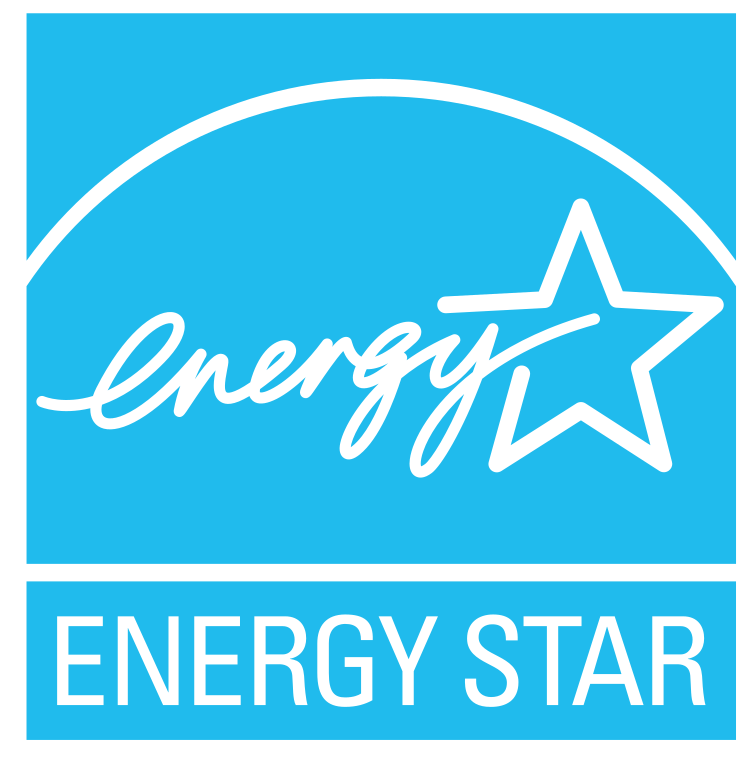The push for sustainability is a massive concern in the construction industry as governments seek to curb emissions from new builds.
Based on yearly trends, the construction industry in the US generates as much carbon emissions as the entire country of Sweden or Peru.
While increased regulation does come with some added costs, sustainability offers a win-win for builders. Mainly, sustainability improves quality, which leads to more properties sold at a higher rate.
One nationwide program dedicated to increasing sustainability in new construction is EnergyStar.
While you may recognize EnergyStar as a certifier of high-efficiency appliances, EnergyStar also provides certification for homes. Certification can lead to rebates and tax credits that offer additional incentives to builders to practice sustainability.
Let’s discuss the benefits of EnergyStar certification for new home construction and the requirements necessary to achieve this certification.
Benefits of Energy Star Certification for Builders
EnergyStar certification encourages builders to standardize their process and results in higher-quality finished products. Some additional benefits include:
- Higher Price Tags: Sustainable buildings are built with higher-quality materials, including energy-efficient windows, HVAC systems, and insulation. In turn, this allows builders to charge a higher price tag.
- Sell Homes Quicker: Sustainable homes are in higher demand, especially among younger generations. According to an analysis by Freddie Mac, sustainable homes sold at a 2.7% faster rate than non-energy-efficient-rated homes.
- Access to Better Financing: Lenders tend to give better terms to energy-efficient homes. For example, energy-efficient mortgages help connect interested buyers qualify for sustainable homes.
- Eligible for Rebates and Tax Credits: EnergyStar-certified homes qualify for tax rebates on qualifying purchases within the home and help builders qualify for the 45L tax credit.
- More Likely to Meet Benchmarking Standards: In areas where energy benchmarking has become standard, following EnergyStar guidelines will help you achieve various efficiency standards.
- Higher Occupancy Rates: Studies show that EnergyStar-certified homes enjoy higher occupancy rates and higher rent than non-certified homes.
Energy Star Certification Requirements
To qualify for EnergyStar certification and, consequently, EnergyStar rebates, new homes must adhere to specific criteria.
First, all certified homes must be 10% more efficient than comparable homes built to code. More specific considerations include:
- Thermal Enclosure System: EnergyStar homes require a strong thermal enclosure that prevents energy loss due to leaks or poor insulation.
- High-Efficiency Heating and Cooling Systems: EnergyStar-certified homes must feature HVAC systems that meet or exceed the program’s efficiency guidelines, ensuring optimal performance and reduced energy consumption. Follow RESNET/ACCA 310 Standard recommendations to build a more efficient HVAC system.
- Water Management System: Efficient water use is crucial. Homes should incorporate water-saving features, such as low-flow faucets and high-efficiency irrigation systems.
- Energy-Efficient Lighting and Appliances: EnergyStar encourages the use of high-efficiency appliances and lighting systems, such as LED bulbs.
How to Become Energy Star Certified
An Energy Star-certified must undergo a thorough inspection and verification by an independent Home Energy Rater to ensure compliance with Energy Star requirements. Once certified, this achievement can be advertised by builders to potential buyers.
Acquiring the 45L Tax Credit
Becoming EnergyStar-certified means that builders may qualify for the 45L tax credit. This credit was amended under the Inflation Reduction Act to include a $2500 tax credit for new single-family homes that meet ENERGY STAR Single-Family New Home (SFNH) requirements.
Likewise, a $2500 tax credit is available for manufactured homes and a $500 credit for multifamily homes, with a larger $2500 additional credit when prevailing wage requirements are met.
Practical Tips to Reach Energy Star Certification
If you’re interested in applying for the 45L tax credit or just want to reach EnergyStar certification, we’ve outlined a few tips to help you below.
- Research Program Requirements Thoroughly: EnergyStar requirements are constantly evolving to meet the new changes in the marketplace and from governments. Be sure to read up on EnergyStar 3.1 program requirements for more information.
- Work with an Energy Consultant: An energy consultant will help you identify the right products and building procedures to maximize your energy efficiency. A consultant can also walk you through the process of applying for EnergyStar certification and the 45L tax credit.
- Perform Blower Door and Duct Leakage Tests: Blower door tests tell you how efficient your energy usage is by measuring how much air leaks out of your house at a given time. Focusing on insulation and duct seals will ensure that your HVAC system doesn’t have to work as hard and will emit less carbon.
- Purchase Energy Star-Certified Products: When in doubt, always purchase EnergyStar-certified appliances and HVAC systems that you know are efficient.
EnergyStar certification may come with some stringent requirements, but the benefits of acquiring certification far outweigh the costs.
FAQs: Energy Star Certification
How Long Does the Certification Process Take?
The duration of the EnergyStar Certification process can vary, but it typically takes a few months. The timeline depends mostly depends on how long it takes to acquire independent review and verification from a third party.
What is the Cost of Certification?
There is no fee to apply for EnergyStar certification, though you will need to hire a third party energy rater for independent review.


